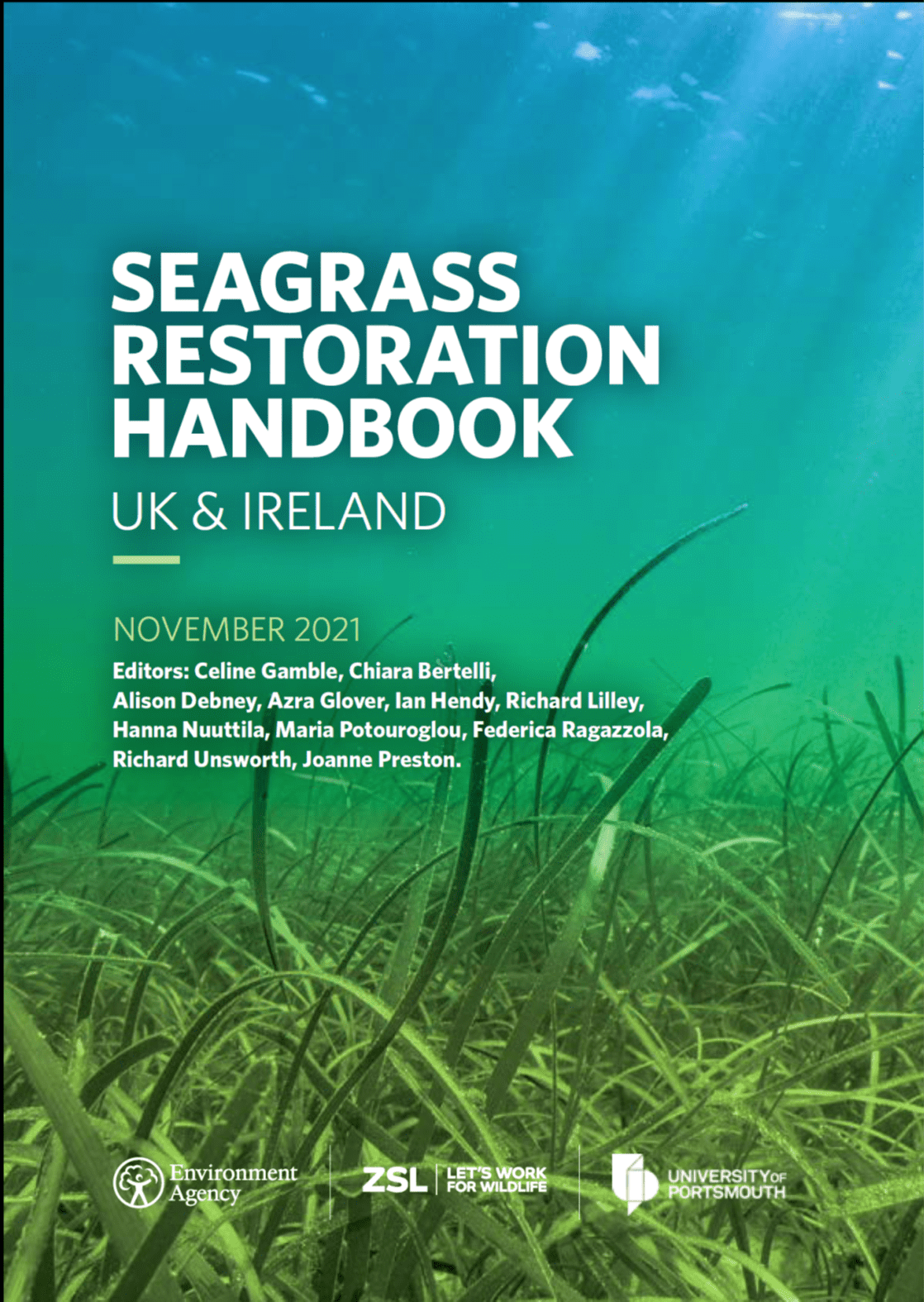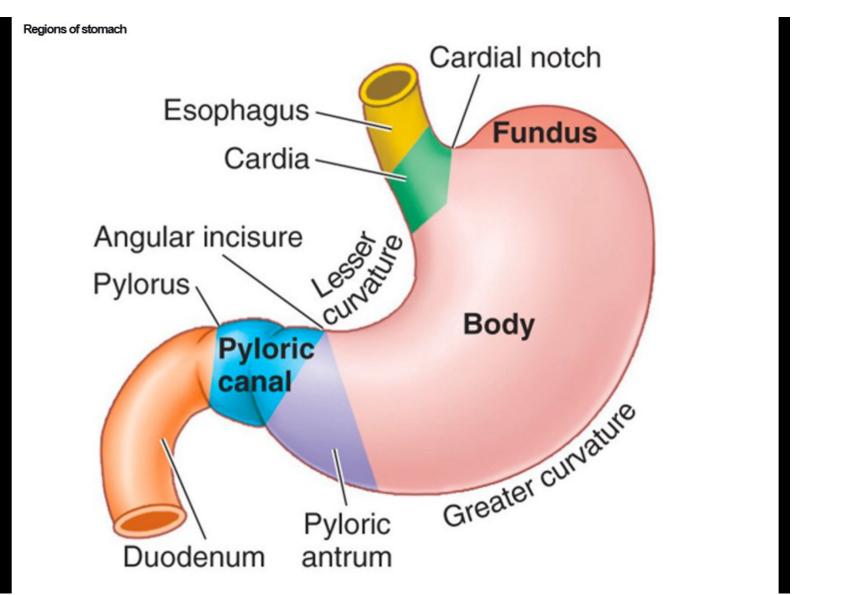Investing In Scotland's Future: Seagrass Restoration Projects

Table of Contents
The Ecological Importance of Scottish Seagrass
Seagrass plays a vital role in the health and resilience of Scotland's marine environment. These flowering plants are far more than just pretty underwater plants; they are fundamental to a thriving ecosystem.
Biodiversity Hotspots
Seagrass meadows are incredibly biodiverse habitats, supporting a vast array of species. They serve as crucial nursery grounds and feeding areas for numerous commercially important fish and invertebrates.
- Fish Species: Cod, plaice, sole, sea bass, and many others rely on seagrass beds for food and shelter during their juvenile stages.
- Invertebrate Species: Seagrass supports a rich community of invertebrates including shrimps, crabs, sea urchins, and various mollusks, forming the base of the food web.
- Nursery Habitat: The dense structure of seagrass provides ideal protection for young fish from predators, allowing them to grow and thrive before venturing into open waters.
Carbon Capture Powerhouse
Seagrass meadows are incredibly efficient carbon sinks, absorbing carbon dioxide from the atmosphere at a rate comparable to, and in some cases exceeding, that of tropical rainforests.
- Carbon Sequestration Potential: Estimates suggest that Scottish seagrass meadows could sequester significant amounts of carbon annually, contributing significantly to climate change mitigation. Further research is ongoing to accurately quantify this potential.
- Climate Change Mitigation: By absorbing CO2, seagrass helps reduce the concentration of greenhouse gases in the atmosphere, playing a crucial role in combating climate change. Protecting and restoring these meadows is a powerful natural climate solution.
Coastal Protection and Resilience
Seagrass meadows act as natural buffers, protecting coastlines from erosion and the damaging effects of storms.
- Mechanism of Coastal Protection: The dense root systems of seagrass stabilize sediments, reducing coastal erosion. Seagrass also dissipates wave energy, lessening the impact of storms on shorelines.
- Economic Benefits: By reducing the need for costly artificial coastal defenses, seagrass meadows provide significant economic benefits to coastal communities.
Current State of Seagrass in Scotland
While once extensive, Scottish seagrass meadows have suffered significant decline due to various human impacts. The current extent of remaining meadows is a fraction of what it once was.
Threats to Seagrass Meadows
Several factors contribute to the decline of seagrass in Scotland. Addressing these threats is critical for successful restoration.
- Pollution: Nutrient runoff from agriculture and sewage discharge can lead to algal blooms that smother seagrass.
- Dredging: Dredging activities for navigation and construction can directly destroy seagrass habitats.
- Boat Anchoring: Anchors can damage seagrass beds, leading to localized habitat loss.
- Climate Change: Rising sea temperatures, ocean acidification, and increased storm intensity all pose significant threats to seagrass survival.
The Urgent Need for Restoration
The loss of seagrass meadows has far-reaching ecological and economic consequences. Urgent action is needed to prevent further decline and restore these vital habitats. The rate of loss is alarming, highlighting the need for immediate and effective intervention. Inaction will result in the irreversible loss of invaluable ecosystem services.
Seagrass Restoration Projects in Scotland
Several organizations and initiatives are working to restore seagrass meadows in Scotland. These projects employ various techniques and benefit from diverse funding sources.
Restoration Techniques
A range of restoration techniques are being employed, each with its own advantages and disadvantages.
- Seed Collection and Sowing: This involves collecting seagrass seeds and sowing them in suitable areas. It is cost-effective but success depends on suitable environmental conditions.
- Transplanting: This involves transplanting seagrass shoots from healthy areas to degraded areas. It offers higher success rates but requires more resources.
Funding and Investment
Seagrass restoration projects rely on a combination of funding sources.
- Government Grants: Various government agencies provide funding for seagrass restoration initiatives.
- Private Investment: Private companies and philanthropic organizations are increasingly investing in seagrass conservation.
- Increased Investment Needed: To scale up restoration efforts and achieve significant impact, considerably increased investment is crucial.
Monitoring and Evaluation
Long-term monitoring is essential to assess the success of restoration projects and adapt strategies as needed.
- Growth Monitoring: Regular surveys measure seagrass growth, density, and cover.
- Biodiversity Assessment: Monitoring assesses the recovery of associated species within restored areas.
The Future of Seagrass Restoration in Scotland
A long-term vision for seagrass restoration in Scotland is crucial for a sustainable future. This requires collaborative efforts, policy support, and public engagement.
Policy and Collaboration
Effective government policies and strong partnerships are essential for successful large-scale seagrass restoration.
- Government Policies: Supportive policies that regulate activities that damage seagrass and provide funding for restoration are essential.
- Collaborative Initiatives: Partnerships between government agencies, research institutions, NGOs, and local communities are crucial.
Public Awareness and Engagement
Raising public awareness about the importance of seagrass and engaging the public in restoration efforts is vital.
- Citizen Science Projects: Involving the public in data collection and monitoring can increase awareness and build support for seagrass conservation.
Conclusion
Seagrass meadows are essential for a healthy Scottish marine environment, providing crucial ecosystem services. However, these vital habitats are under threat, highlighting the urgency of Seagrass Restoration Scotland projects. Increased investment, collaborative efforts, and public awareness are critical for successful large-scale restoration. We urge you to learn more about seagrass, support existing restoration initiatives, and advocate for increased funding for Seagrass Restoration Scotland projects. Consider donating to relevant organizations or participating in citizen science projects to contribute to the future of this vital ecosystem.

Featured Posts
-
 Britains Got Talent Teddy Magics Postponed Performance Update
May 04, 2025
Britains Got Talent Teddy Magics Postponed Performance Update
May 04, 2025 -
 Resultado Novorizontino Corinthians 0 1 Reporte Completo Del Partido
May 04, 2025
Resultado Novorizontino Corinthians 0 1 Reporte Completo Del Partido
May 04, 2025 -
 The Return Of A Champion Ufc Fighters Comeback Fight Announced
May 04, 2025
The Return Of A Champion Ufc Fighters Comeback Fight Announced
May 04, 2025 -
 Thunderstorm Warning Me T Issues Alert For Kolkata And Nearby Regions
May 04, 2025
Thunderstorm Warning Me T Issues Alert For Kolkata And Nearby Regions
May 04, 2025 -
 Louisiana Derby 2025 Odds Field Predictions And Kentucky Derby Implications
May 04, 2025
Louisiana Derby 2025 Odds Field Predictions And Kentucky Derby Implications
May 04, 2025
Latest Posts
-
 The Blake Lively Anna Kendrick Feud A Year By Year Look
May 05, 2025
The Blake Lively Anna Kendrick Feud A Year By Year Look
May 05, 2025 -
 Blake Lively And Anna Kendrick A Timeline Of Their Reported Feud
May 05, 2025
Blake Lively And Anna Kendrick A Timeline Of Their Reported Feud
May 05, 2025 -
 Is Anna Kendrick Older Than You Think Fans React To Her Real Age
May 05, 2025
Is Anna Kendrick Older Than You Think Fans React To Her Real Age
May 05, 2025 -
 Understanding The Blake Lively And Anna Kendrick Rumored Feud
May 05, 2025
Understanding The Blake Lively And Anna Kendrick Rumored Feud
May 05, 2025 -
 The Blake Lively And Anna Kendrick Feud Fact Or Fiction
May 05, 2025
The Blake Lively And Anna Kendrick Feud Fact Or Fiction
May 05, 2025
